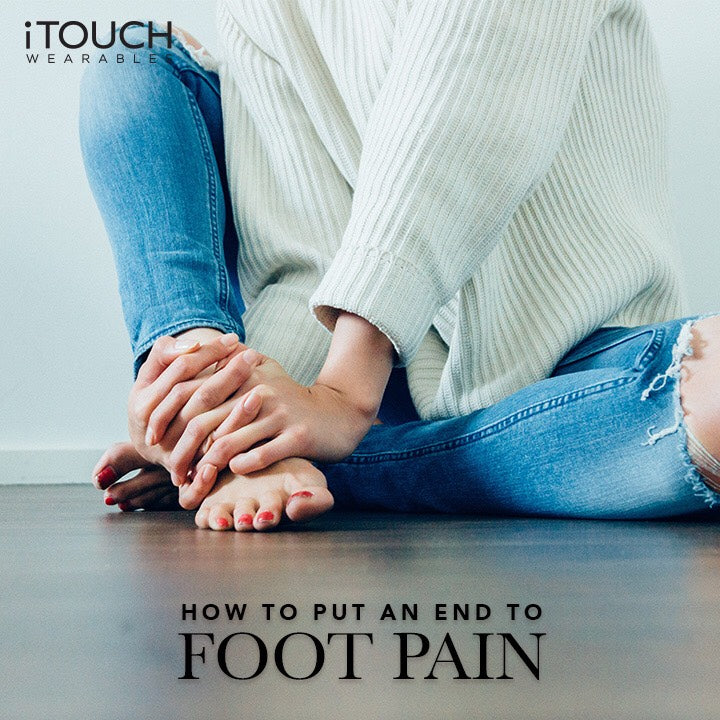
How To Put An End To Foot Pain
Do you start your morning with foot pain within the first few steps? Or maybe you're in crazy pain the first mile of your run? You may be dealing with plantar fascilitis, a common yet frustrating condition suffered by many athletes and everyday walker. See how you can finally put an end to foot pain today.
Causes Of Foot Pain

The most common cause of foot pain is plantar fascilitis, a condition that occurs when the band of tissue connecting your heel to your toes becomes inflamed. You can recognize it as a sharp and stabbing pain that may decrease throughout the day, but becomes present with any type of impact exercise done. The pain typically arises on the bottom of the foot, and can get worse with the more strain. If you're experiencing any tenderness over the bone, you may want to see a doctor or do some rehab at home.
How To Identify Foot Pain

So how do you tell if you actually have plantar fascilitis or not? It's important to identify foot pain correctly. First identity if this is a new issue, and see if you made any new changes in your fitness routine recently. If you're trying to improve your fitness goals (example distance, steps, etc.) and you're experiencing this pain, then you may want to lay off for a while. Try eliminating any impact activity in your workouts and see if the pain subsides. Changing intensity can also cause plantar fascilitis, so really think about what you're doing before jumping to any conclusions. Changes need to be gradual in order to build intensity. The last cause we'll leave you when identifying foot pain is the sneakers you're wearing. If they're old and not giving you the support you need, it may be time for a fresh pair before seeing a doctor.
What To Do For Foot Pain

As soon as your recognize foot pain, you had a very limited window open for quick healing. The first things you should do for foot pain is taking an anti-inflammatory such as ibuprofen, icing your heel, and then trying a therapy ball to roll out our foot and stretch your calf muscles. This exercise is non-weight bearing, and sometimes the tightness in your calf can create or contribute to the pain in your heel. If you've recognized the source of your pain, iced it, and been resting for several days without any improvement, it may be time to see a doctor. They can prescribe steroid injections to relieve acute pain, or extracorporeal shock wave therapy to stimulate tissue healing. With the right changes and treatment, plantar fasciitis should get better within time.
Share how you put an end to put pain by tagging us on Instagram @itouchwearables and Facebook @itouchwearables. Also, be sure to check out our new articles published daily!
-Gina


